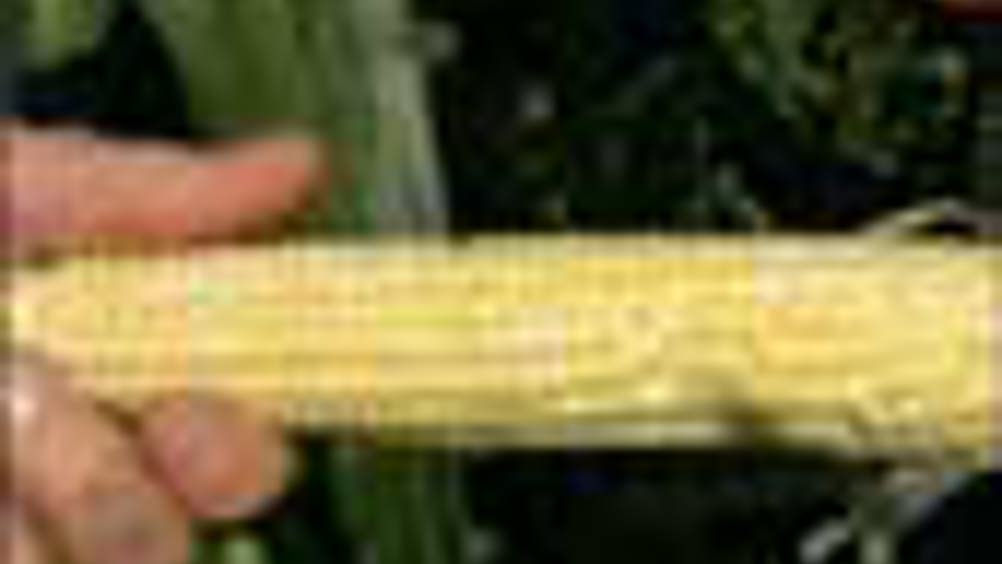Stover powering
Penn State researchers are using microbes to make electricity directly from corn stover skipping the intermediate stage of manufacturing ethanol.

researchers are using microbes to make electricity directly from corn stover, the dried stalks and leaves left after the harvest, skipping the intermediate stage of manufacturing ethanol.
The process, developed by Bruce E. Logan, a professor of environmental engineering at
Corn stover is about 70 percent cellulose or hemicellulose; complex carbohydrates that are locked in chains. A steam explosion process releases the organic sugars and other compounds in the corn waste and these compounds can be fed to microbial fuel cells.
The microbial fuel cells contain two electrodes and anaerobic bacteria that consume the sugars and other organic material and release electrons. These electrons travel to the anode and flow in a wire to the cathode, producing electrical current. The water in the fuel cell donates positive hydrogen atoms that combine with the electrons and oxygen to form water.
Register now to continue reading
Thanks for visiting The Engineer. You’ve now reached your monthly limit of news stories. Register for free to unlock unlimited access to all of our news coverage, as well as premium content including opinion, in-depth features and special reports.
Benefits of registering
-
In-depth insights and coverage of key emerging trends
-
Unrestricted access to special reports throughout the year
-
Daily technology news delivered straight to your inbox










Water Sector Talent Exodus Could Cripple The Sector
Maybe if things are essential for the running of a country and we want to pay a fair price we should be running these utilities on a not for profit...